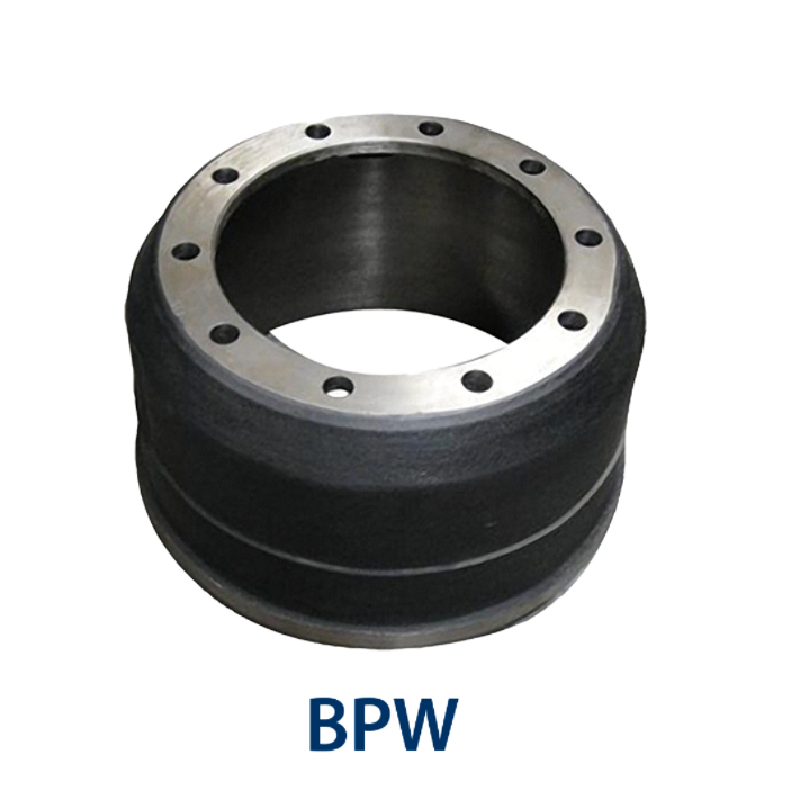Oct . 30, 2024 11:30 Back to list
heavy duty brake drums
Heavy Duty Brake Drums An Essential Component for Safety and Performance
In the world of heavy-duty vehicles, safety and performance are paramount. One critical component that plays a vital role in achieving these standards is the brake drum. Heavy-duty brake drums are designed to withstand extreme conditions while providing reliable stopping power. Understanding their construction, functionality, and maintenance is essential for anyone involved in the heavy-duty vehicle industry, whether you're an operator, mechanic, or fleet manager.
Construction and Material
Heavy-duty brake drums are typically made from cast iron or composite materials that can endure the high stress of various driving conditions. The choice of material affects the drum’s weight, heat dissipation capabilities, and overall performance. Cast iron is favored for its durability and resistance to warping, whereas composite materials can provide lighter options without compromising strength.
These drums are engineered to handle the massive forces generated during sudden stops, especially in trucks, buses, and heavy machinery. Their robust design allows them to dissipate heat effectively, reducing the risk of brake fade, which occurs when brakes lose effectiveness due to overheating.
Functionality
The primary function of heavy-duty brake drums is to provide a friction surface for the brake shoes. When the brake pedal is engaged, the brake shoes expand against the inner surface of the drum, creating friction that slows down or stops the vehicle. The efficiency of this process is paramount; any deterioration in the drum can lead to increased stopping distances and potential safety hazards.
heavy duty brake drums

Moreover, because heavy-duty vehicles often carry substantial loads and face challenging terrains, the braking system must be both responsive and resilient. Brake drums must be capable of withstanding not just the weight, but also the dynamic forces experienced during acceleration, deceleration, and turning.
Maintenance and Inspection
Regular maintenance and inspection of heavy-duty brake drums are essential for ensuring vehicle safety. Cracks, scoring, or excessive wear can compromise the drum's integrity and performance. Fleet managers should implement a routine inspection schedule to check for these issues. If a drum is found to be out of specification, it must be either resurfaced, if possible, or replaced to maintain optimal braking performance.
Additionally, when replacing brake shoes, it's crucial to inspect the drums. New brake shoes can perform poorly against worn or damaged drums, leading to uneven wear and potential failure. Following the manufacturer’s recommendations for maintenance intervals and replacement schedules can help extend the life of brake drums and ensure safety on the road.
Conclusion
In conclusion, heavy-duty brake drums are more than just components; they are critical to the safety and efficiency of heavy-duty vehicles. Understanding their construction, functionality, and the importance of regular maintenance can help reduce the risk of brake failure and enhance overall vehicle performance. As technology advances, the development of materials and designs for brake drums will continue, striving for even better efficiency and safety in the ever-demanding world of heavy-duty transportation. Keeping abreast of these changes and prioritizing maintenance will ensure vehicles remain safe and reliable on the roads for years to come.
-
HINO Industrial Solutions - ¡Ң���ຽ��е��������˾ | Advanced Technology&Reliability
NewsJul.13,2025
-
HINO Industrial Efficiency-Jiangsu Hino Industrial|Productivity Optimization&Cost Reduction
NewsJul.12,2025
-
HINO-¡Ң���ຽ��е��������˾|Advanced Industrial Solutions&Energy Efficiency
NewsJul.12,2025
-
Premium Brake Drum Iveco – Durable Drum Brake Drum & Brake Shoe Solutions
NewsJul.08,2025
-
High-Performance Brake Drum Liza for Enhanced Safety Reliable Drum Brake Drum & Brake Shoe Solutions
NewsJul.08,2025
-
High-Quality Brake Drum MAZ – Durable Drum Brake Drum & Brake Drum and Brake Shoe for Optimal Performance
NewsJul.07,2025
